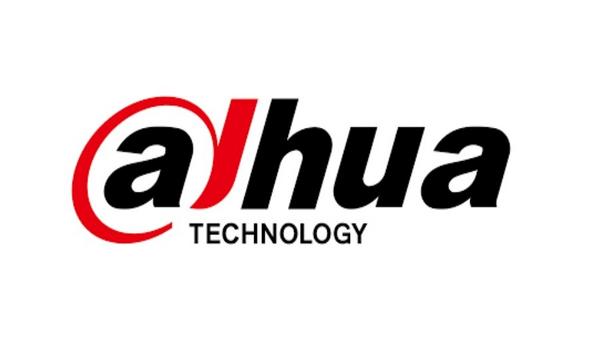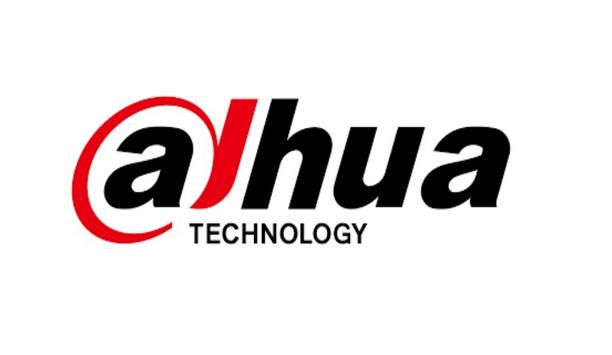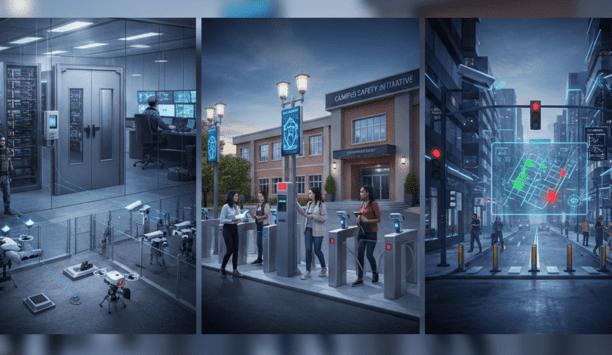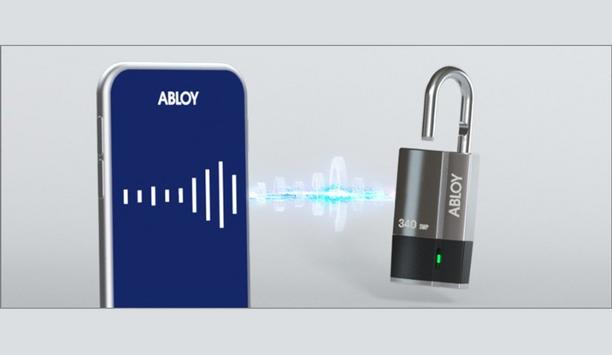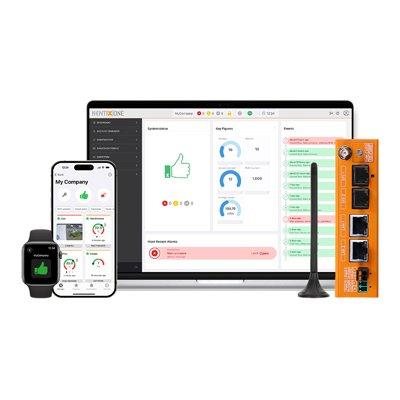Beyond the warm and fuzzy factors, dogs have a long history of helping humans with their talented sense of smell that has been helpful for detecting hidden objects and people. To this end, dogs are still commonly used by security teams, police, and even militaries for guarding sensitive sites and uncovering contraband ranging from food and drugs to weapons and explosives. The case for using dogs has historically been an easy one to make.
However, as one moves into the digital age, many organisations are starting to look outside at new technological options for thinking about how to secure the flow of traffic at sites such as border crossings, air and seaports, embassies, and other facilities that face an increased risk of smuggling or attack.
Deployment of resources
Dogs can be used for scenarios moving from checking traffic to crowds and other kinds of situations
In hopes of gaining a better understanding of where dogs have the advantage over UVIS technology, and where the tech has them beat, UVeye decided to take a look at some of the pros and cons that come with using dogs as detection devices on four legs. Dogs can be used for different scenarios, moving from checking traffic to crowds and other kinds of use case situations.
While there may be some period of adjustment to new surroundings, a dog can be easily transported from one crossing point or facility to another, providing their team with flexibility when it comes to deployment of resources. Looking at the company’s checkpoint case where vehicles are moving through, the dogs have the advantage in that they can be used to not only sniff at the edges beneath the car, but also around the interior where more items might be hidden in doors or under seats.
Canine olfactory capabilities
Probably the biggest advantage that the dogs have in their column is that they are frankly the most well-known option in the market. They have so far managed to stay ahead of many of the “sniffer” systems that attempt to simulate the canine olfactory capabilities not so much by their own stellar performance, but by the poor showing of the competition.
Most of these devices have simply not advanced to the point where they are reliable enough for widespread adoption in either industry or government use. What the company sees in the field is that even as the dogs are considered to be the most commonly utilised option in the market, they have issues of their own that could impact their future in detection work.
Accuracy percentages
Strong smells like food, garbage, or even weather conditions can cover up the smell of the illicit items
The issues that can arise when working with dogs for detection purposes can basically be broken down into two categories - accuracy failures and logistical. Despite having the bloodhound reputation for their super sniffers, dogs have been shown to have a less than stellar record when it comes to their detection accuracy rates. Statistics out of Australia found that “in 74 percent of cases where a sniffer dog indicated the presence of drugs on someone, no drugs were subsequently found.”
Beyond the individual talents of each dog, which are trained to seek out specific materials (drugs, explosives, etc), external factors can also play a significant role in impacting their accuracy percentages. Strong smells like food, garbage, or even weather conditions can cover up the smell of the illicit items.
Long term investment
Logistical challenges such as the need to be in close proximity to a stationary vehicle slow down the number that can be inspected, often meaning that not every car or truck are inspected and that some are chosen at random. This opens the door to some percentage of illicit materials passing through. Weather and run of the mill exhaustion can also limit the amount of time that a dog can be active for inspections.
There are also pipeline supply issues that affect the number of dogs available in the field. It takes roughly two years to train a dog, during which many who start in the course are likely to drop out due to incompatibility. At a cost of $25,000 per dog plus additional lifetime upkeep, and multiple dogs needed per unit/site, plus extra training and pay for handlers, these critters can be a heavy long term investment for any organisation.
Vehicle inspection innovations
As a one-time purchase, they lower the lifetime expenditures needed for vehicle inspections
Given these drawbacks, many organisations are on the lookout for new methods of inspecting vehicles. One of the technologies that has emerged in recent years is the under vehicle scanner (UVIS). Equipped with multiple cameras to capture high-quality images, which are then analysed by artificial intelligence algorithms to detect anomalies that could be indicative of illicit materials, these systems come with a number of advantages over the furry friends.
As a one-time purchase, they lower the lifetime expenditures needed for vehicle inspections. Since they rely on automated systems to scan, detect, and alert when necessary, under vehicle scanners are capable of inspecting hundreds of vehicles an hour without compromising on the accuracy and quality of each inspection. Under vehicle scanner systems also offer an easy to understand user interface (UI) that simplifies the process for teams.
Imaging and detection
With the superior imaging and detection, users are able to clearly see what is has been identified on the scan, knowing where exactly to look. This means less guessing what the dog is trying to convey, and a faster validation of the potential threat that negates the need to get under the vehicle and perform a human-conducted search based solely on Rex’s hunch.
However, it is the dogs’ capacity for searching the interior of the vehicle that leads the experts to conclude that they will still have a role to play in the coming years while the rest of the detection technologies work to catch up.
Under vehicle scanners
Taking a step back though, the industry can assume that more organisations will begin to adopt under vehicle scanners, not as a full replacement for their existing measures, but as an important force multiplier, which adds to a comprehensive inspection operation that improves capabilities and helps professionals to achieve their security mission.
From facial recognition to LiDAR, explore the innovations redefining gaming surveillance



